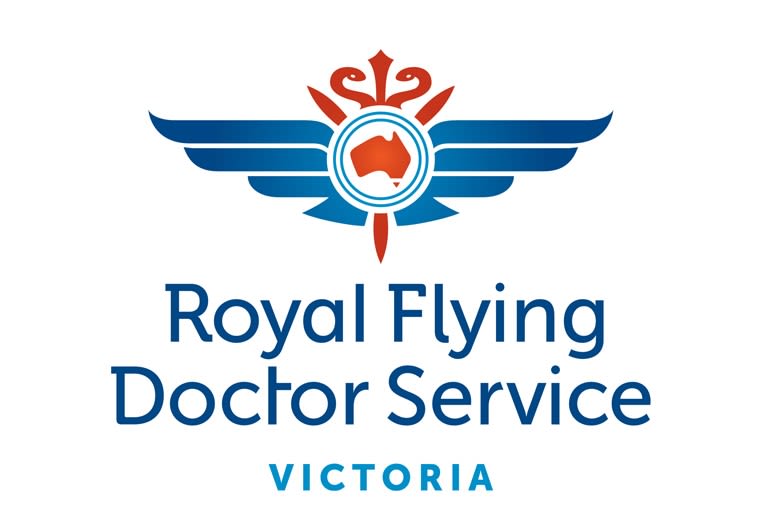Reducing the wait for quality care
An increased demand for wellbeing services in rural communities saw Campbell come out of retirement to answer the call.
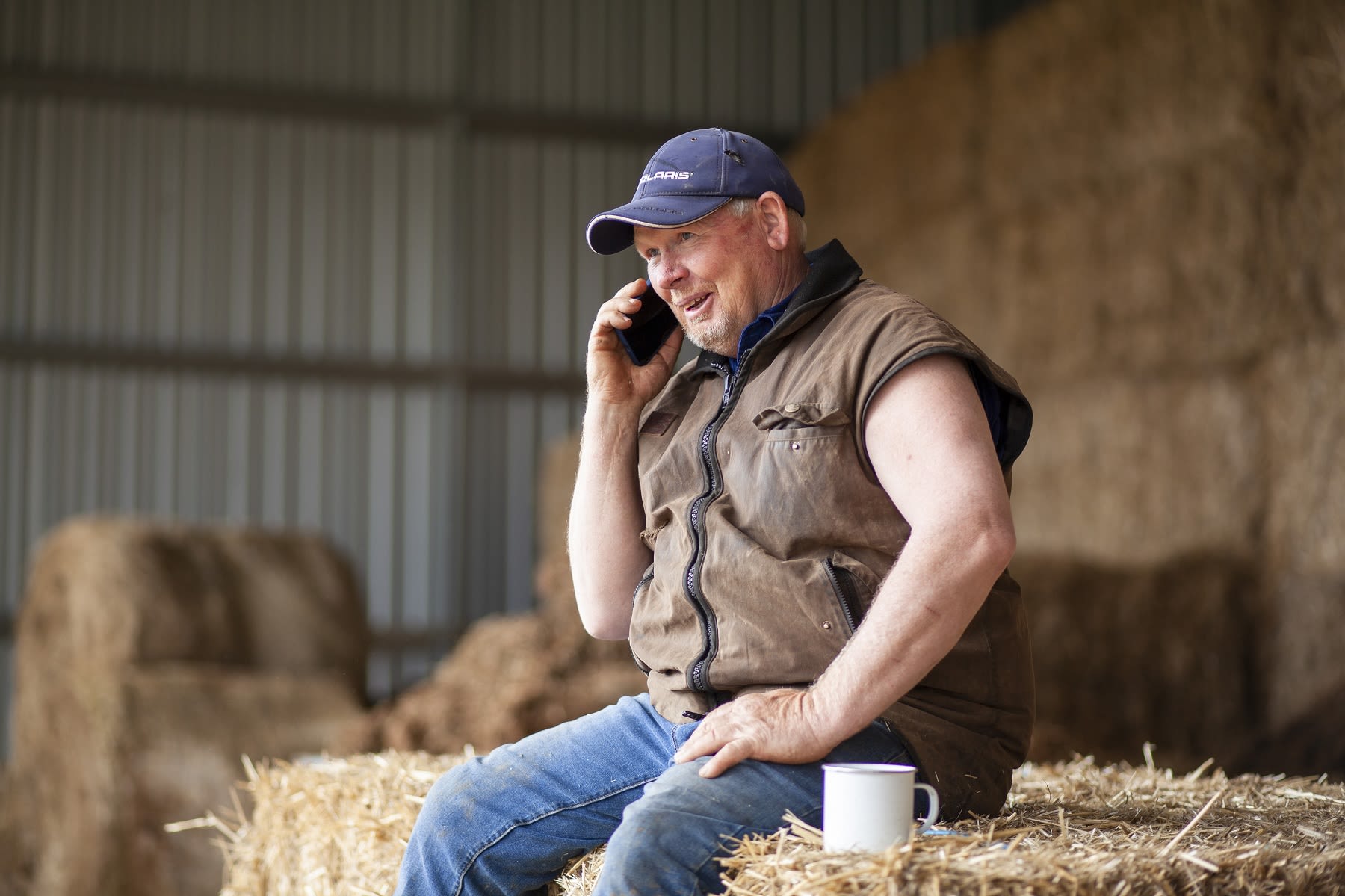
When asked why he decided to cut his retirement short and return to work as a mental health clinician with the Flying Doctor Wellbeing program, Campbell Sinclair cut straight to the point.
“We just can’t get experienced and qualified mental health practitoners to help in the bush. It’s as simple as that.”
While the prevalence of mental illness in rural and remote areas of Australia has been found to be similar to that of metropolitan areas, there are dire disparities in the accessibility of mental health support.
As a direct result of this workforce shortage, people in rural and remote areas are destined to wait up to three months to speak face-to-face with a mental health professional, a reality that Campbell sees as adding extra stress to an already anxious person.
“The acute waiting times for people in the bush to access mental health services is unacceptable and dangerous, as stress and anxiety left unchecked can lead to depression,” says Campbell. “It is wrong that some people cannot access the mental health supports they desperately need, especially when early intervention can improve quality of life, and even save lives.”
To help address this inequity, Campbell put up his hand to re-join the Flying Doctor Wellbeing team, generously offering his expertise in mental health support on a pro bono basis.
“The Flying Doctor does a wonderful job in rural and remote Australia. While I am still competent and able to offer my services on a professional basis, I was very happy to sign up again.”
However, rather than offering face-to-face appointments like he did in the past, including in East Gippsland in the aftermath of the Black Summer bushfires, Campbell has instead been providing support to clients via telehealth.
“Thanks to the flexibility of telehealth, I am able to provide prompt professional services across Western Victoria as well as over in East Gippsland as far down as Mallacoota,” says Campbell. “I am able to offer timely and confidential support in a professional, user-friendly manner without [the client] having to wait weeks to get a face-to-face consultation.
“When you are in a stressful anxious state, you simply cannot afford to wait weeks to see someone. Telehealth allows people to get in quicker to see a professional and get their recovery moving faster.”

Illustration by Matthew Johnstone, shared with permission from Black Dog Institute.
Illustration by Matthew Johnstone, shared with permission from Black Dog Institute.
Through his previous work with Flying Doctor Wellbeing in East Gippsland, Campbell is very familiar with the unique stressors facing rural and remote communities.
“After the bushfires, COVID, floods and the air of general uncertainty now, people in rural Victoria seem to be feeling a loss of connections,” says Campbell. “COVID was a major contributing factor, as there was no weekend sport, no get-togethers and no social outlets, such as a yarn at the local pub.
“When people are feeling distressed or lonely, they disconnect from the community, so it’s vital we help people to get that connection back. Telehealth is a very useful tool in helping to establish a connection.”
That’s not to say Campbell has always been an advocate of telehealth. A self-confessed “convert”, Campbell was once of the opinion that consultations via video link or phone just wouldn’t yield the same outcomes as face-to-face appointments. However, recent research and his own experiences have transformed Campbell’s view.
“Telehealth is not just better than nothing, it is actually very effective,” says Campbell.
“A great benefit of telehealth is that the client can remain in their home, or a comforting familiar place, when in the session. So, they will be ‘at ease’, so to speak, when logged on. They’re also not having to rush to get to an appointment, and there's no cost involved with travelling to or from an appointment. They also don’t have to sit in a waiting room for an hour and a half; if they have an appointment at a certain time, we will ring them at that time.”
Telehealth has also proven to be beneficial for people who cannot, or will not, access face-to-face support. For instance, speaking with someone on the phone is akin to talking to an adolescent when driving; because there's no direct eye contact, people can talk about incredibly difficult things in a way that can surprise them. And for people who do crave eye contact in order to feel heard, Campbell notes that appointments via video link are more than adequate.
As with face-to-face consultations, every client is different and every care plan is unique. However, the constant across all Flying Doctor Wellbeing appointments, whether in person or via telehealth, is the importance of a strong connection between client and clinician.
“I think ‘wellbeing’ is a very good term. It highlights how our service is not just about mental health, but about how we can help people make their life more meaningful and happier,” says Campbell.
“Once you build a rapport with a client, telehealth is very effective.”
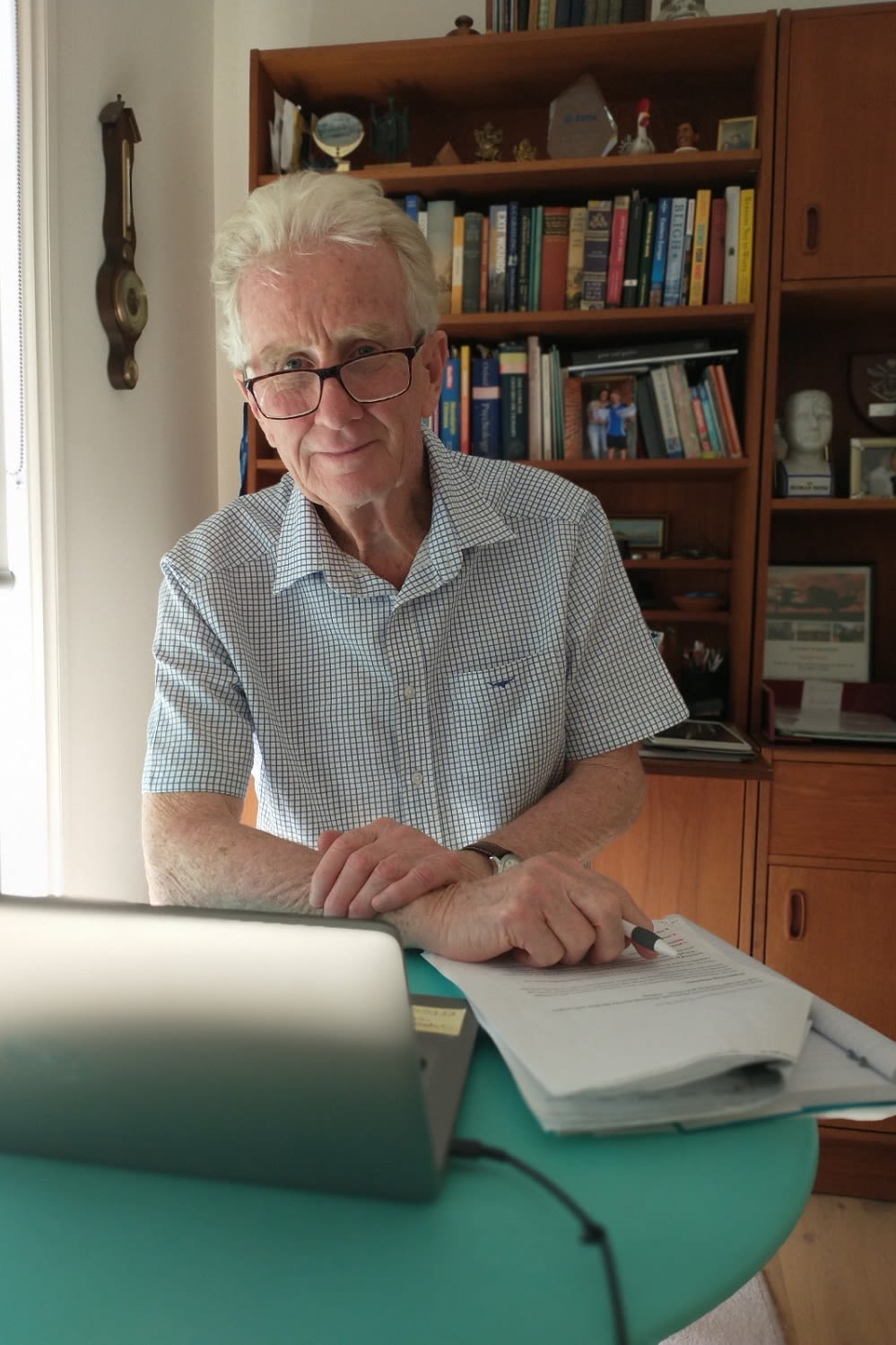
Flying Doctor Wellbeing mental health clinician, Campbell Sinclair
Flying Doctor Wellbeing mental health clinician, Campbell Sinclair
As a direct result of this workforce shortage, people in rural and remote areas are destined to wait up to three months to speak face-to-face with a mental health professional, a reality that Campbell sees as adding extra stress to an already anxious person.
“The acute waiting times for people in the bush to access mental health services is unacceptable and dangerous, as stress and anxiety left unchecked can lead to depression,” says Campbell. “It is wrong that some people cannot access the mental health supports they desperately need, especially when early intervention can improve quality of life, and even save lives.”
To help address this inequity, Campbell put up his hand to re-join the Flying Doctor Wellbeing team, generously offering his expertise in mental health support on a pro bono basis.
“The Flying Doctor does a wonderful job in rural and remote Australia. While I am still competent and able to offer my services on a professional basis, I was very happy to sign up again.”
However, rather than offering face-to-face appointments like he did in the past, including in East Gippsland in the aftermath of the Black Summer bushfires, Campbell has instead been providing support to clients via telehealth.
“Thanks to the flexibility of telehealth, I am able to provide prompt professional services across Western Victoria as well as over in East Gippsland as far down as Mallacoota,” says Campbell. “I am able to offer timely and confidential support in a professional, user-friendly manner without [the client] having to wait weeks to get a face-to-face consultation.
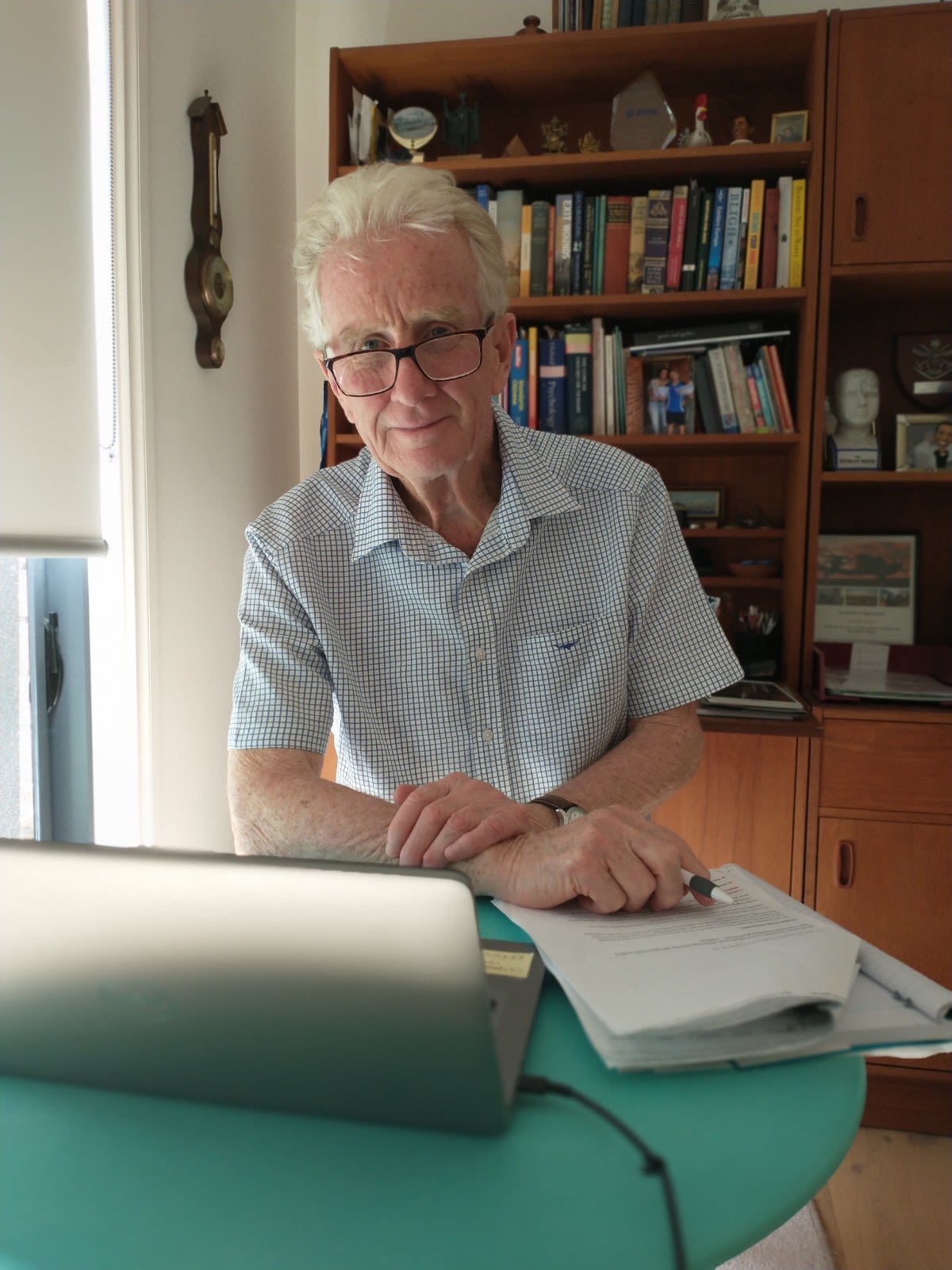
Flying Doctor Wellbeing mental health clinician, Campbell Sinclair
Flying Doctor Wellbeing mental health clinician, Campbell Sinclair
“When you are in a stressful anxious state, you simply cannot afford to wait weeks to see someone. Telehealth allows people to get in quicker to see a professional and get their recovery moving faster.”
Through his previous work with Flying Doctor Wellbeing in East Gippsland, Campbell is very familiar with the unique stressors facing rural and remote communities.
“After the bushfires, COVID, floods and the air of general uncertainty now, people in rural Victoria seem to be feeling a loss of connections,” says Campbell. “COVID was a major contributing factor, as there was no weekend sport, no get-togethers and no social outlets, such as a yarn at the local pub.
“When people are feeling distressed or lonely, they disconnect from the community, so it’s vital we help people to get that connection back. Telehealth is a very useful tool in helping to establish a connection.”
That’s not to say Campbell has always been an advocate of telehealth. A self-confessed “convert”, Campbell was once of the opinion that consultations via video link or phone just wouldn’t yield the same outcomes as face-to-face appointments. However, recent research and his own experiences have transformed Campbell’s view.
“Telehealth is not just better than nothing, it is actually very effective,” says Campbell.
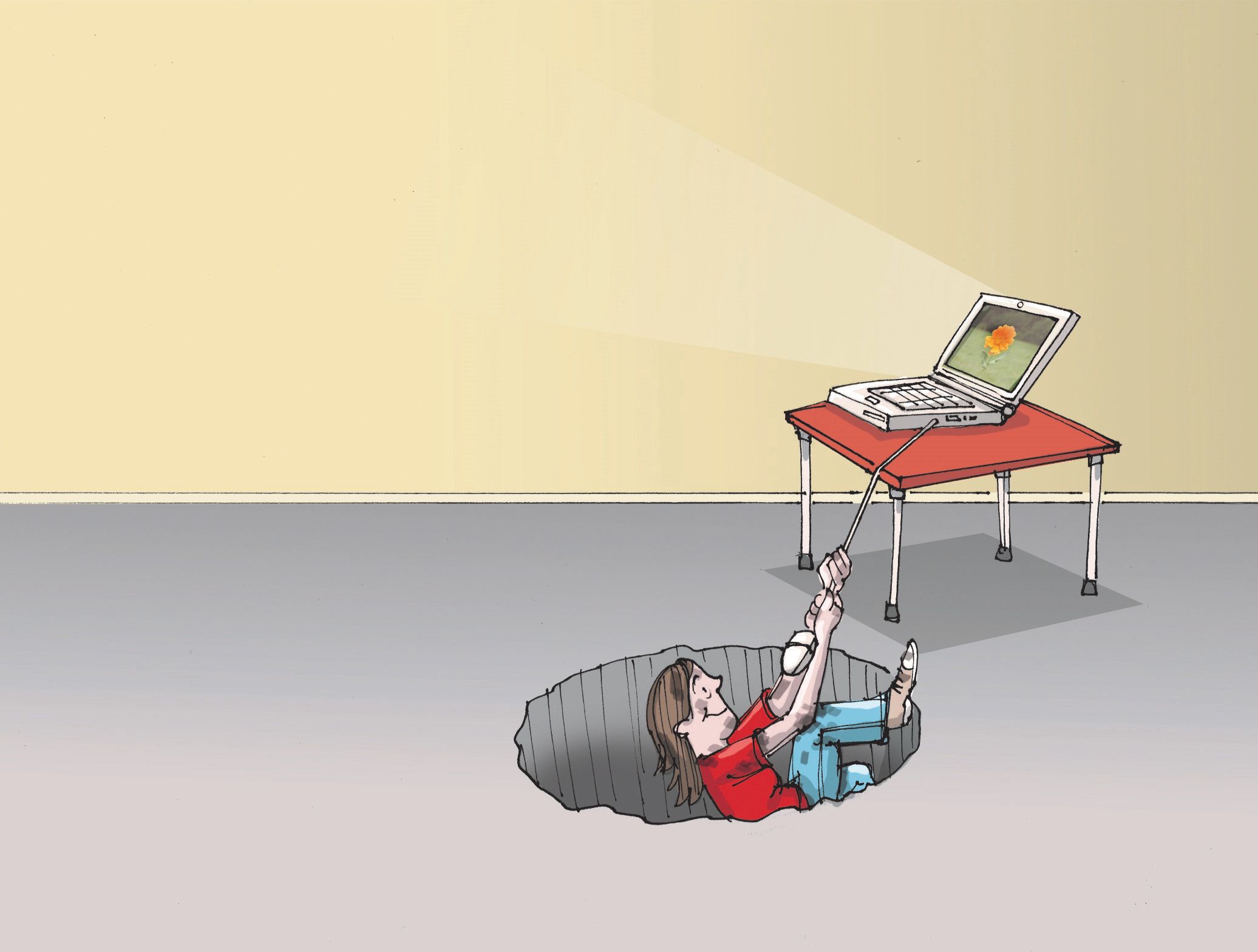
Illustration by Matthew Johnstone, shared with permission from Black Dog Institute.
Illustration by Matthew Johnstone, shared with permission from Black Dog Institute.
“A great benefit of telehealth is that the client can remain in their home, or a comforting familiar place, when in the session. So, they will be ‘at ease’, so to speak, when logged on. They’re also not having to rush to get to an appointment, and there's no cost involved with travelling to or from an appointment. They also don’t have to sit in a waiting room for an hour and a half; if they have an appointment at a certain time, we will ring them at that time.”
Telehealth has also proven to be beneficial for people who cannot, or will not, access face-to-face support. For instance, speaking with someone on the phone is akin to talking to an adolescent when driving; because there's no direct eye contact, people can talk about incredibly difficult things in a way that can surprise them. And for people who do crave eye contact in order to feel heard, Campbell notes that appointments via video link are more than adequate.
As with face-to-face consultations, every client is different and every care plan is unique. However, the constant across all Flying Doctor Wellbeing appointments, whether in person or via telehealth, is the importance of a strong connection between client and clinician.
“I think ‘wellbeing’ is a very good term. It highlights how our service is not just about mental health, but about how we can help people make their life more meaningful and happier,” says Campbell.
“Once you build a rapport with a client, telehealth is very effective.”
